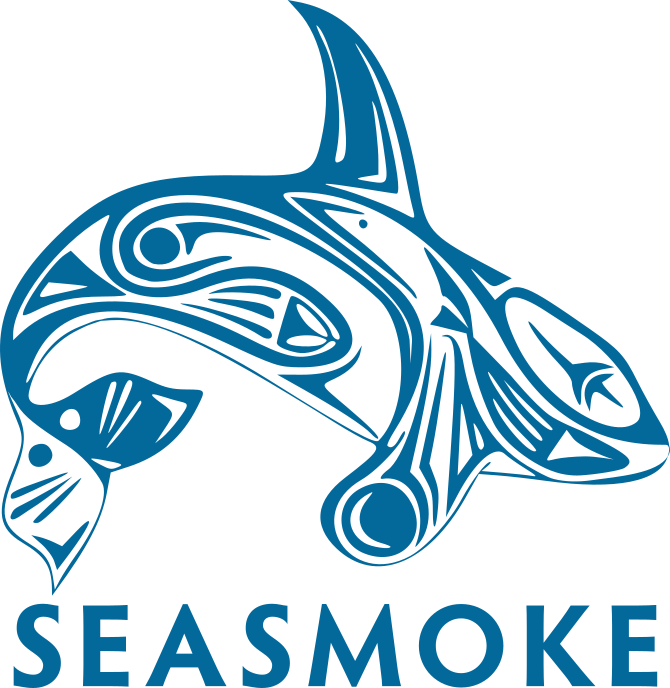We never truly know how precious something is until it is changed or gone forever. This is the realization that New Zealander's are waking up to this morning when they face yet another day of oil spilling onto their pristine sandy beaches. On October 5, 2011, the container ship 'Rena' ploughed into a well known chartered reef some 12 miles off the entrance to Tauranga Harbour on the east coast of the North Island of New Zealand. The question is still being asked, "why did the Freighter plough into the reef"? The answer is unquestionably "human error!" The once tantalizing sandy beaches are awash with blobs of toxic oil and large numbers of seabirds including some endangered species, fur seals and whales are at risk of dying. The birds and penguins, their feathers matted by oil are drowning in a soup of oil, ingesting it, the toxic oil renders them anaemic and they die. What of the fur seals and whales, will their fate be the same? Here on our own coast in BC we have the Enbridge Gateway Pipeline Proposal looming before us. If allowed, the pipeline will transport crude oil from the Alberta Tar Sands to a new marine terminal in Kitimat. From the terminal, some 220 super tankers will transport crude oil to Asia and the USA, carrying up to two million barrels of oil anually. In early 2012 the panel reviewing the project will hold community hearings along the proposed pipeline route, as well as Vancouver and Port Hardy, it will be in the hearings at Port Hardy that locals of the North Island area will be able to voice their opinions and concerns. With tragic consequences to the environment already being reported off the coast in NZ , what will be the consequences for seabird and marine mammal populations when an oil spill occurs at some point in the future in our own coastal waters? Looking back on history, the Alaskan coast near where the Exxon Valdez oil spill occurred on Bligh Reef, March 24, 1989, is still in recovery mode some 22 years later. In the weeks and months following the spill, thousands of people tried to clean up the contamination but two decades later, oil persists and is estimated to total around 20,000 gallons. Scientists continue to study the affected shorelines to understand how an ecosystem like Prince William Sound responds to, and recovers from, an incident like the Exxon oil spill. Twenty years after the Exxon Valdez spilled 11 million gallons of crude oil in Alaska's Prince William Sound, oil persists in the region and, in some places, "is nearly as toxic as it was the first few weeks after the spill," according to the Exxon Valdez Oil Spill Trustee Council overseeing restoration efforts. "This Exxon Valdez oil is decreasing at a rate of 0-4 percent per year," the Exxon Valdez Oil Spill Trustee Council stated. "At this rate, the remaining oil will take decades and possibly centuries to disappear entirely." With this in mind and the New Zealand oil spill tragedy unfolding before us now, it brings me back to my beginning. How precious is this 'place and planet' we live in/on, we must all be vigilant and protect it while we can .
